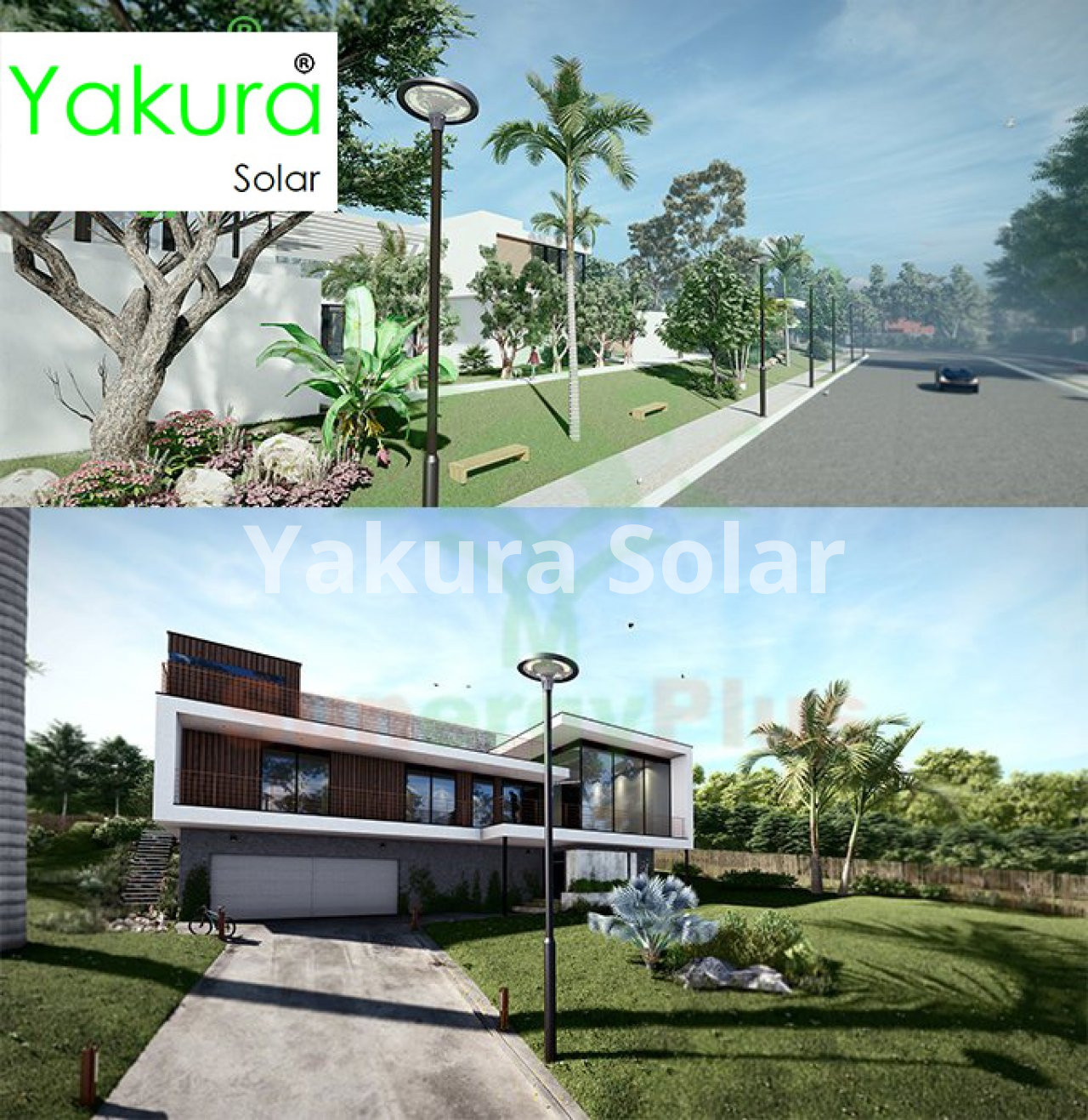Solar Light Grid System in Dharmapuri

Solar Light Grid System
Solar panels, also known as photovoltaic (PV) panels, are devices that convert sunlight into electricity. They are designed to harness the energy from the sun's rays and generate clean, renewable electricity. Solar panels are made up of multiple solar cells, typically made of silicon, which contain semiconducting materials that can absorb photons (particles of light) and convert them into electrical energy.
Here's how solar panels work:
-
Absorption of Sunlight: When sunlight falls on the solar panel, the cells in the panel absorb the photons.
-
Creation of Electric Field: The absorbed photons transfer their energy to electrons in the semiconductor material, freeing them from their atoms. This process creates a flow of electrons and generates an electric field.
-
Current Generation: The electric field within the solar cell forces the freed electrons to flow in a specific direction, creating a current. Metal contacts on the top and bottom of the solar cell capture this current.
-
Direct Current (DC) Conversion: The generated current is in the form of direct current (DC), which is the same type of electricity used in batteries. However, most homes and businesses use alternating current (AC) electricity.
-
Inverter Conversion: To use the electricity generated by the solar panels in your home or business, an inverter is required. The inverter converts the DC electricity from the solar panels into AC electricity, which is compatible with the electrical grid and can power your appliances and devices.
-
Electricity Consumption or Grid Connection: The converted AC electricity can either be used directly in your home or business to power your electrical loads or be sent to the electrical grid. If you generate more electricity than you consume, the excess can be fed back into the grid, and you may receive credits or payments from your utility company (a process known as net metering).

It's worth noting that solar panels are typically installed on rooftops or open spaces with access to sunlight. The more sunlight the panels receive, the more electricity they can generate. Additionally, solar panels require an inverter, mounting hardware, and wiring to connect them to your electrical system.

